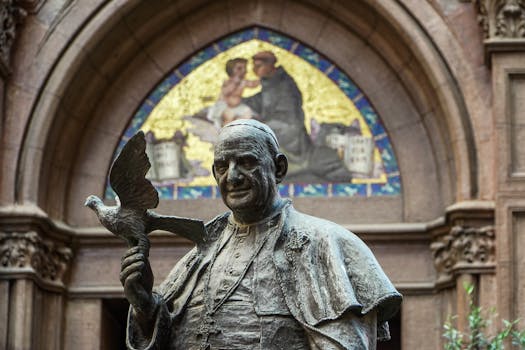
Traveling Through Time: How Europe’s Historical Heritage Shapes Modern Lifestyles in 2025
Traveling Through Time: How Europe’s Historical Heritage Shapes Modern Lifestyles in 2025. Europe, a continent steeped in history and tradition, has a unique ability to transport us through time. From the ancient ruins of Greece and Rome to the medieval castles of England and France, each country has its own distinct cultural heritage. In this article, we will explore how Europe’s historical heritage continues to shape modern lifestyles in 2025.
Introduction to Europe’s Historical Heritage
Europe’s historical heritage is a rich and diverse tapestry, woven from the threads of countless cultures and civilizations. From the Renaissance to the Enlightenment, and from the Industrial Revolution to the modern era, each period has left its mark on the continent. Today, we can still see the remnants of these bygone eras in the architecture, art, literature, and traditions that continue to thrive.
How Historical Heritage Shapes Modern Lifestyles
So, how does Europe’s historical heritage shape modern lifestyles in 2025? The answer lies in the many ways in which the past continues to influence the present. For example, traditional festivals and celebrations, such as the Tomatina festival in Spain and the Carnival of Venice in Italy, continue to be an integral part of modern life. Similarly, historical landmarks and monuments, such as the Eiffel Tower in France and Big Ben in England, remain popular tourist destinations and symbols of national pride.
Architecture and Urban Planning
One of the most significant ways in which historical heritage shapes modern lifestyles is through architecture and urban planning. Many European cities, such as Rome and Paris, have preserved their historic centers, with narrow streets, picturesque piazzas, and grand monuments. These areas are not only popular with tourists but also provide a unique and charming environment for locals to live, work, and socialize. In addition, modern architects often draw inspiration from historical styles, incorporating traditional elements into contemporary designs.
Art and Culture
Europe’s historical heritage has also had a profound impact on modern art and culture. From the masterpieces of the Renaissance to the avant-garde movements of the 20th century, European art has consistently pushed the boundaries of creativity and innovation. Today, this legacy continues to inspire artists, writers, and musicians, with many incorporating historical themes and motifs into their work. Furthermore, the numerous museums and galleries that dot the continent provide a platform for both established and emerging artists to showcase their talents.
Food and Drink
Finally, no discussion of Europe’s historical heritage would be complete without mentioning the continent’s rich culinary traditions. From the pasta dishes of Italy to the seafood stews of Portugal, and from the beer halls of Germany to the wine cellars of France, each country has its own unique gastronomic identity. These traditions have been shaped by centuries of cultural exchange, migration, and innovation, and continue to play a vital role in modern lifestyles. Whether it’s a hearty breakfast, a leisurely lunch, or a festive dinner, food and drink remain an integral part of European culture and identity.
Conclusion
In conclusion, Traveling Through Time: How Europe’s Historical Heritage Shapes Modern Lifestyles in 2025 is a testament to the enduring power of the past to shape the present. From architecture to art, and food to festivals, Europe’s historical heritage continues to influence modern lifestyles in countless ways. As we look to the future, it is essential that we preserve and protect this heritage, not only for its cultural significance but also for its ability to inspire and enrich our lives.




